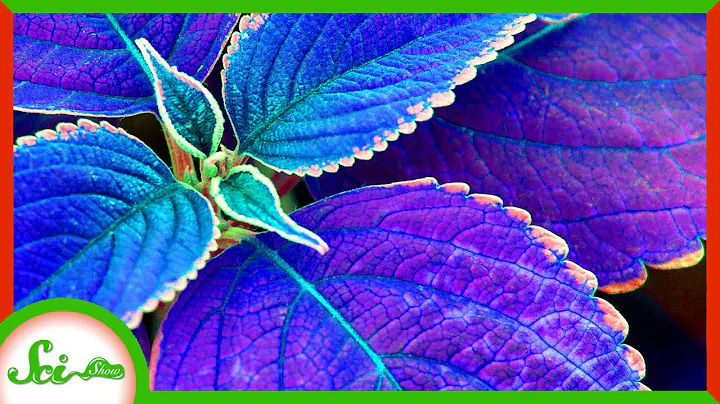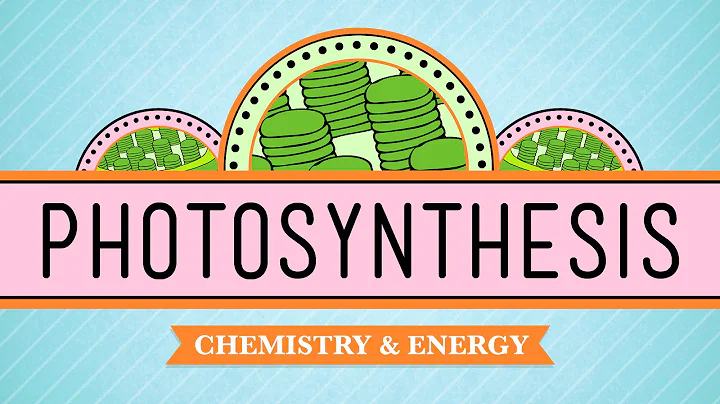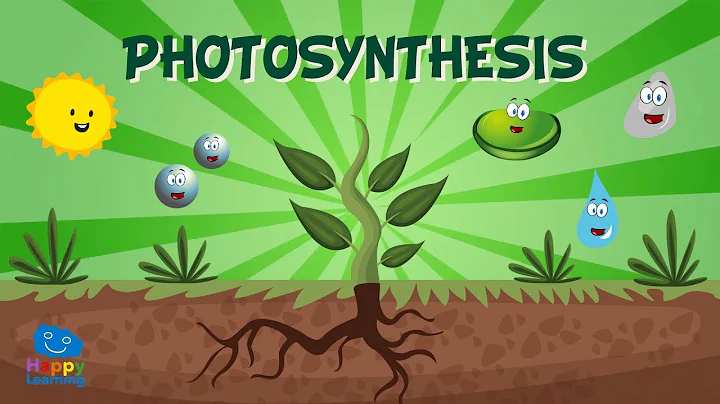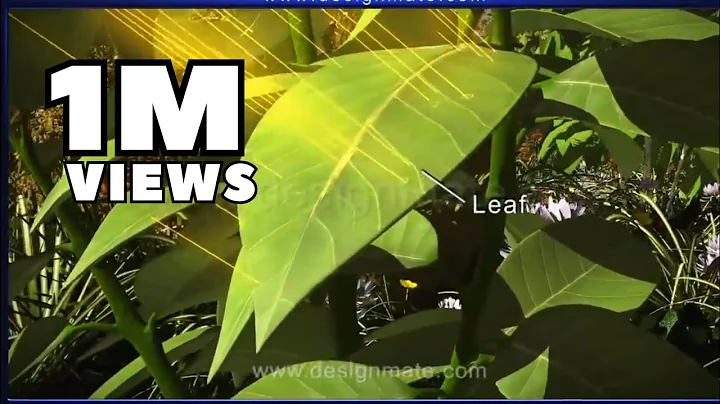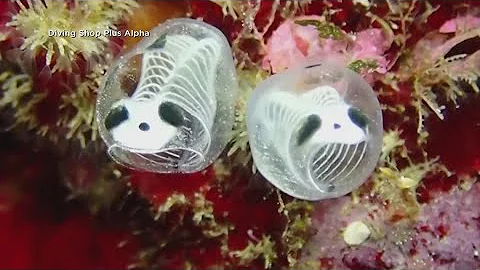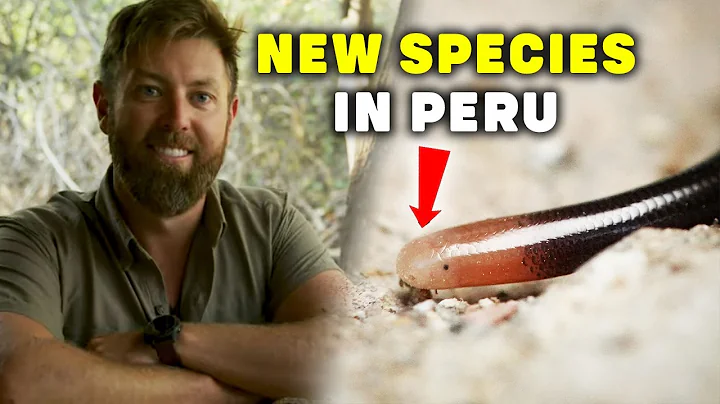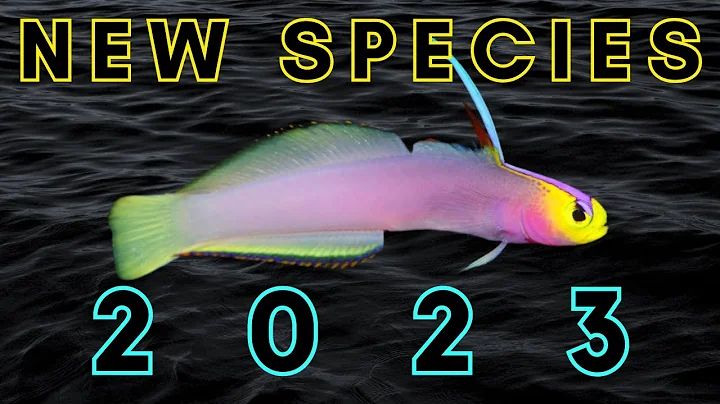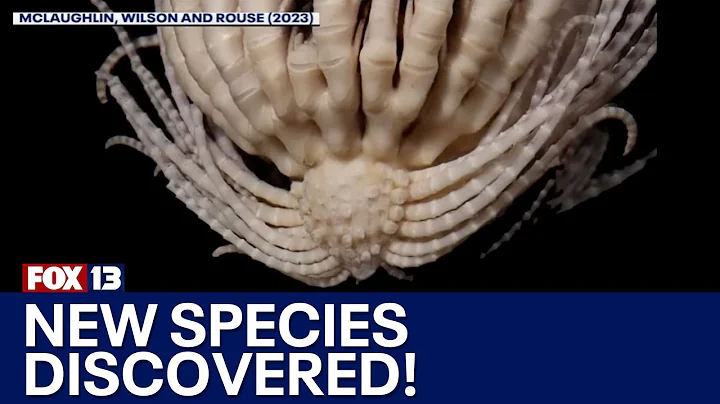According to New Atlas, scientists have improved nature's photosynthesis process, not only to grow plants more efficiently, but also to do it in the dark. This could expand agriculture to areas without enough sunlight and even help feed future space explorers.

Photosynthesis usually refers to the process in which green plants absorb light energy, synthesize carbon dioxide and water into energy-rich organic matter, and release oxygen at the same time. This process has helped plants - and by extension, life on Earth - thrive for billions of years, but that doesn't mean it's particularly effective. In fact, only about 3% to 6% of sunlight's energy ends up inside the plant.
Scientists have long been studying artificial photosynthesis, which is already much more efficient than the natural process. So-called artificial leaves could be used as an environmentally friendly way to create a range of products, including hydrogen fuel, syngas, methanol , plastic alternatives and even pharmaceutical molecules.

In this case, the resulting product is acetate , the main component of vinegar. This is then fed to the plant as carbon source , essentially bypassing natural photosynthesis. The team tested the technology on a range of crop plants and food-producing microorganisms, including yeast, green algae, fungal mycelium, cowpea, tomato, tobacco, rice, oilseed rape and green peas.
Scientists have shown that both of these organisms can grow in acetate media in complete darkness, in some cases even more effectively than in sunlight. For example, the algae grew four times more efficiently, while yeast yields increased by a staggering 18 times.
"We found that a wide range of crops can take the acetic acid we provide and build it into the major molecular building blocks that organisms need to grow and thrive," said Marcus Harland-Dunaway, co-first author of the study. "With some of the breeding and engineering we are currently working on, we may be able to grow crops using acetate as an additional energy source to increase crop yields."
By decoupling agriculture from the need for direct sunlight, the technology could enable Food is grown in areas with less than ideal conditions, using less land. Crops could be grown in cities or even in space or on other planets, an angle that earned the project a win in the first phase of NASA's Deep Space Food Challenge.
Corresponding author of the study Robert Jinkerson said: "Using artificial photosynthesis methods to produce food could be a paradigm shift in how we feed people. By making food production more efficient, less land is required, reducing agriculture's impact on the environment. Impact. And for agriculture in non-traditional environments, such as outer space, improving energy efficiency could help feed more astronauts with fewer inputs."
The research was published in the journal Nature Food.
